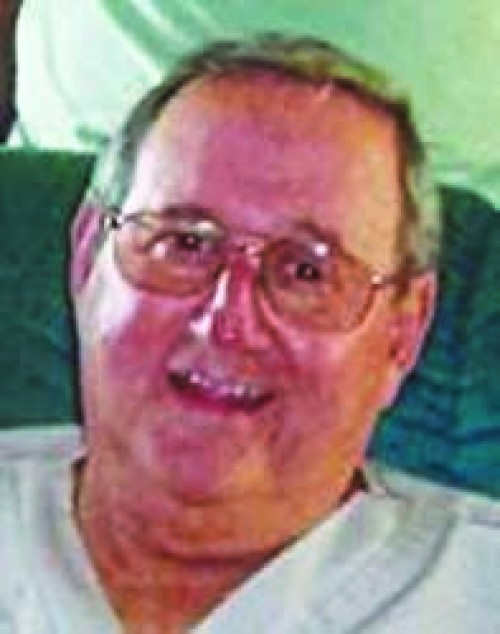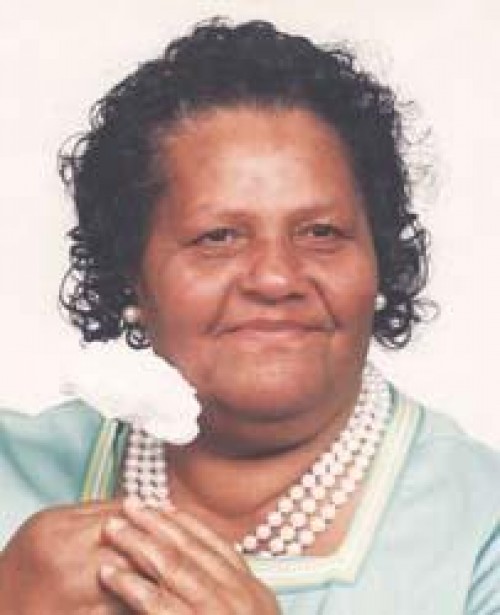
Russell Bruce
September 22, 2009
Zenobia Barrow
September 24, 2009One of the biggest oilfield discoveries in recent years was announced by BP on Sept. 2.
The Tiber field, located in the Gulf of Mexico 250 miles southeast of Houston in 4,100 feet of water, is believed to hold around 3 billion barrels of oil, though only a portion is recoverable. The well was drilled between March and August of this year.
BP, the largest producer of oil in the Gulf, opened a large new warehouse and maintenance facility in Schriever in 2007 near the intersection of La. Highway 311 and U.S. Highway 90.
“Houma is an important base for us for oil exploration,” said Daren Beaudo, BP press officer. “We fly our folks out of there and Port Fourchon.”
Because recovery of oil from the Tiber field is years away, Beaudo could not comment on the extent of the role Port Fourchon and Houma will play servicing the drilling activity.
The field was discovered using the deepest oil well ever drilled, 35,000 feet from the rig floor to the bottom of the hole, Beaudo said.
He said developing the Tiber field will require an extensive amount of time. The company has drilled one well and will be drilling additional wells to determine the size of the field and the best recovery method.
“The information is encouraging,” he said. “Typically, it takes years to drill wells and to create a developmental plan going forward.”
The drill used to tap the Tiber field is located not on a platform, but on the drill ship Deepwater Horizon, owned by the large Houston-based drilling contractor Transocean.
“The drill ship needs telemetry and an auto propulsion system to keep the rig in the same place,” Beaudo said. “It has to overcome waves, winds and currents.”
“It’s in deep water so there are technical challenges,” he said.
Because of the water’s depth, the crude can reach 250 degrees Fahrenheit. The oxygen pressure at that level is around 20,000 psis.
“But we feel we can develop technology to recover it,” Beaudo said.
The Tiber field is BP’s second big oil find in the Gulf of Mexico in recent years. In 2006, the company tapped the nearby Kaskida field, which is believed to contain an amount of crude similar to Tiber.
Though both fields are part of the lower tertiary formation in the Gulf, the two are entirely distinct and are being developed individually, Beaudo said.
The lower tertiary is yet undeveloped, he said.








